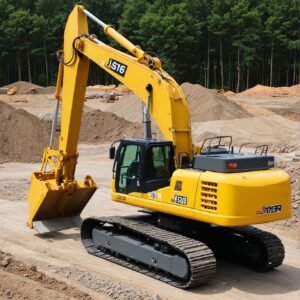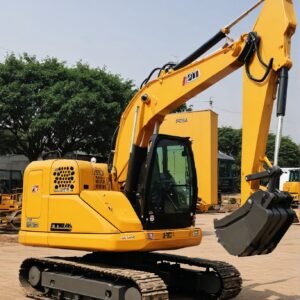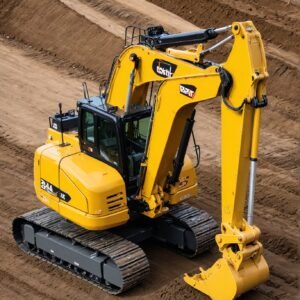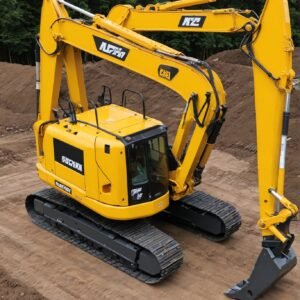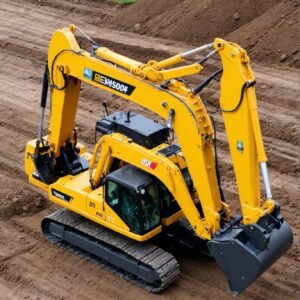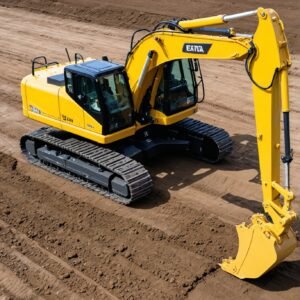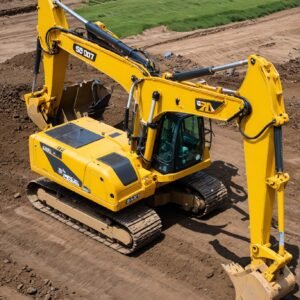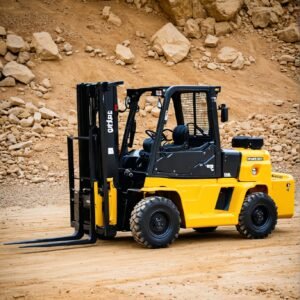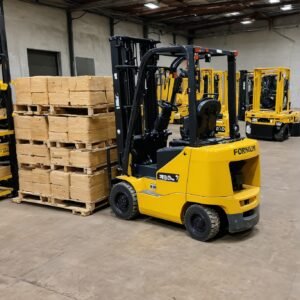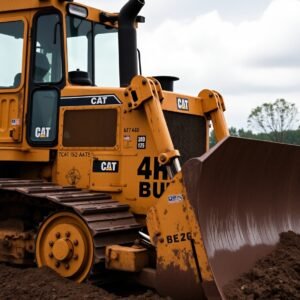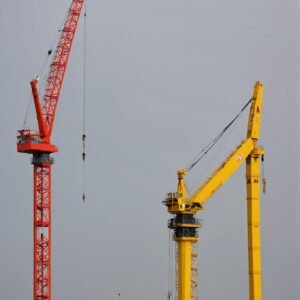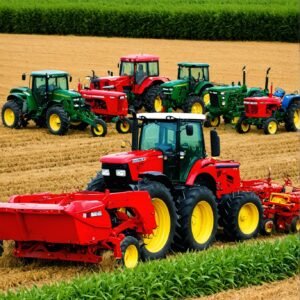Introduction to Our Heavy Equipment
Our Heavy equipment plays a pivotal role in the construction industry, enabling projects to be completed efficiently and effectively. These powerful machines are designed to perform specific tasks such as digging, lifting, and transporting materials, making them integral to any construction site.
Types of Our Heavy Equipment
There is a wide variety of our heavy equipment utilized in construction, each serving a unique purpose. Excavamers are commonly used for digging trenches, while bulldozers are essential for moving large quantities of soil or debris. Cranes, on the other hand, are ideal for lifting heavy loads to considerable heights. Furthermore, dump trucks are indispensable for transporting materials and waste, ensuring that the construction process runs smoothly.
Benefits of Our Heavy Equipment
Utilization of our heavy equipment in construction projects significantly bolsters productivity and safety. These machines not only expedite tasks that would be labor-intensive if performed manually but also minimize the risk of injury to workers. With advancements in technology, modern heavy equipment is also designed to be more fuel-efficient and environmentally friendly, promoting sustainable construction practices.

Our Tractors are powerful vehicles primarily designed for agricultural tasks, including plowing, tilling, and planting. They come in various types, such as utility tractors, row-crop tractors, and garden tractors, each tailored for specific farming needs. Modern tractors often incorporate advanced technology, like GPS for precision farming, and can be fitted with attachments such as plows, harrows, and seeders to enhance their functionality
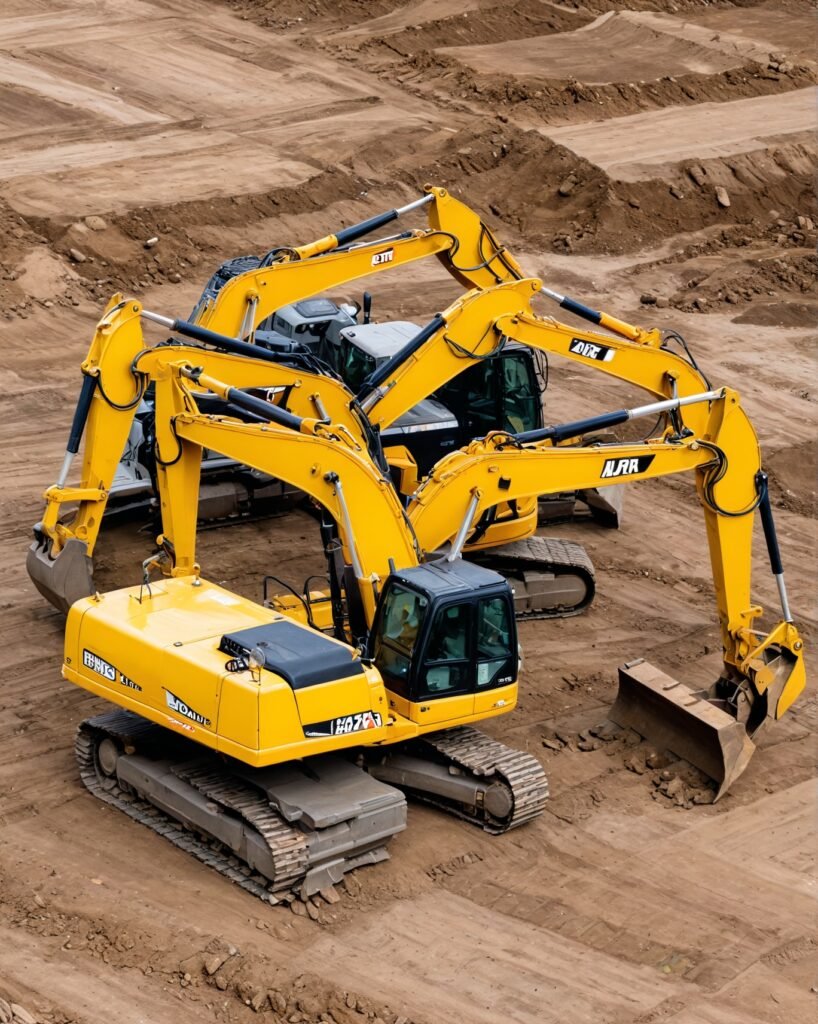
Our Excavators are heavy construction equipment designed for digging, lifting, and moving materials. They typically consist of a boom, dipper (or arm), bucket, and a rotating platform. Commonly utilized in construction, mining, and demolition projects, excavators come in various sizes and types, including hydraulic, mini, and wheeled excavators. Each type is suited for specific tasks and environments, making excavators essential for earthmoving and site preparation.
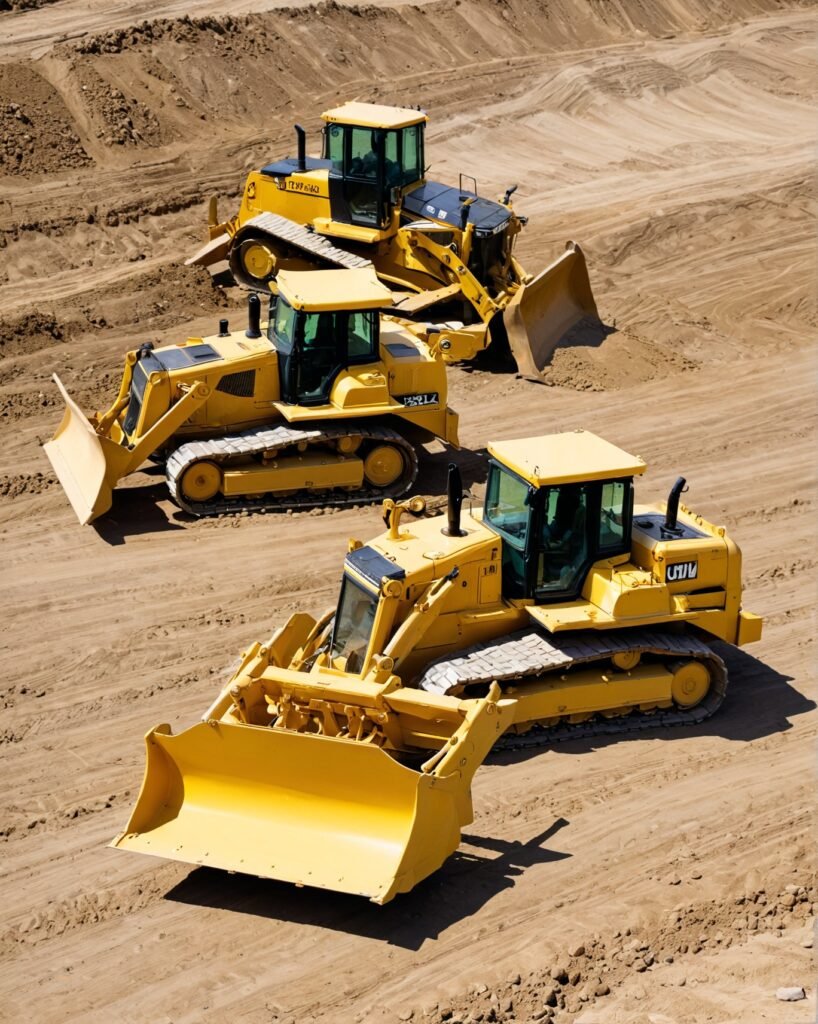
Our Bulldozers are powerful tracked vehicles equipped with a large, flat blade at the front, used for moving earth and debris. They are commonly employed in construction, mining, and land clearing, where their strength and durability make them ideal for heavy-duty tasks. Bulldozers can push large quantities of material, grade surfaces, and create embankments. They come in various sizes and configurations, including hydrostatic and mechanical drive systems, and can be fitted with additional attachments like rippers for breaking up rocky soil. Their ability to operate on rugged terrain makes them invaluable on job sites.

Our Cranes are essential machines used for lifting and moving heavy materials in construction, manufacturing, and shipping. They come in various types, including tower cranes, mobile cranes, and overhead cranes, each designed for specific applications. Tower cranes are commonly used in high-rise construction, providing height and stability, while mobile cranes offer versatility and can operate on different terrains. Cranes consist of several key components, including a hoist, jib (or boom), counterweights, and a rotating base. Equipped with advanced technology, many modern cranes incorporate hydraulic systems and computer controls for precision and efficiency, making them crucial for safely lifting and transporting heavy loads in various industries.
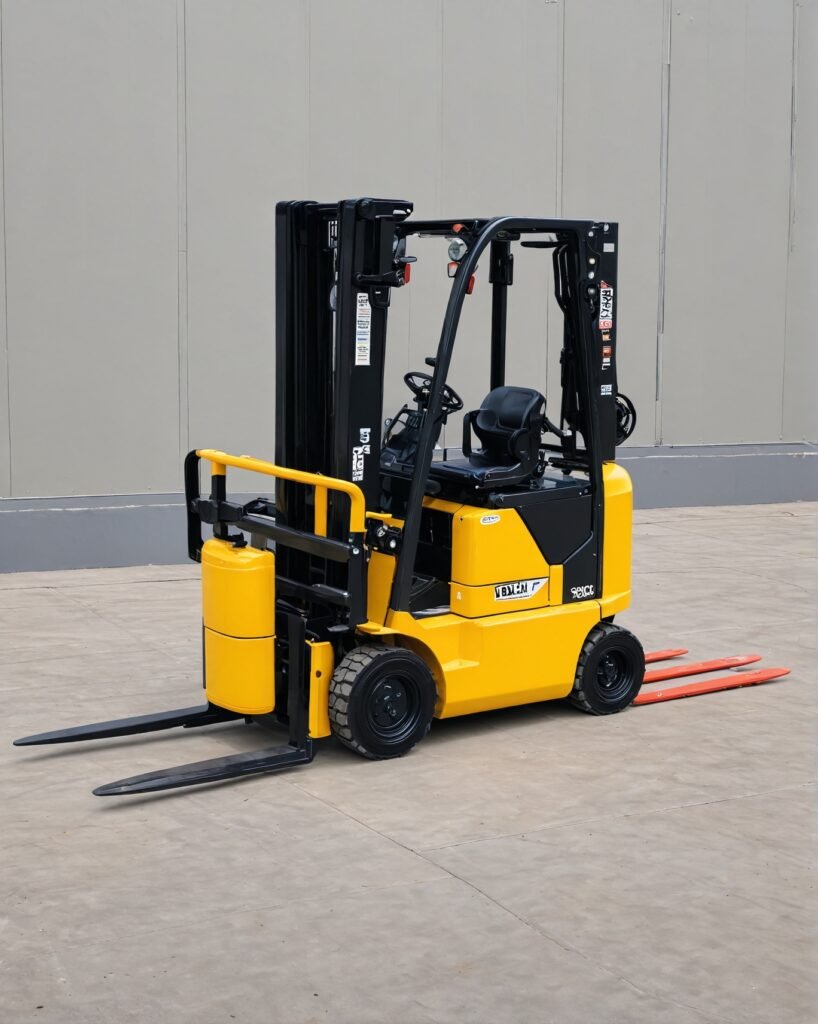
Our Forklifts are versatile industrial vehicles designed for lifting, transporting, and stacking materials in warehouses, construction sites, and manufacturing facilities. They typically feature two forks at the front that can be raised or lowered to pick up pallets and other heavy loads. There are several types of forklifts, including electric, diesel, and propane-powered models, each suited for different operating environments.
Key components of a forklift include the mast (which raises and lowers the forks), the operator’s cabin, and the counterweight (which provides stability). Forklifts are invaluable for improving efficiency in material handling and can maneuver in tight spaces, making them essential for inventory management and logistics. Safety features, such as load limit indicators and stability systems, are critical for safe operation in busy environments.
